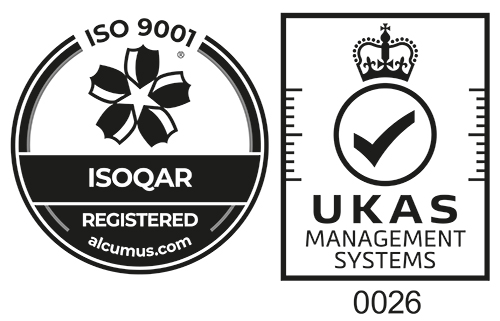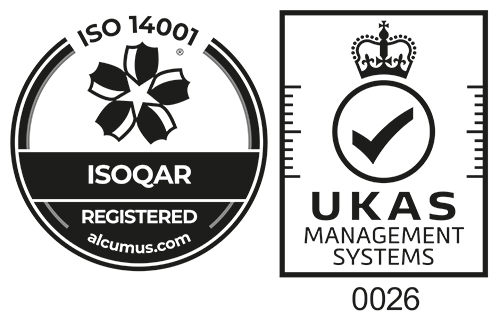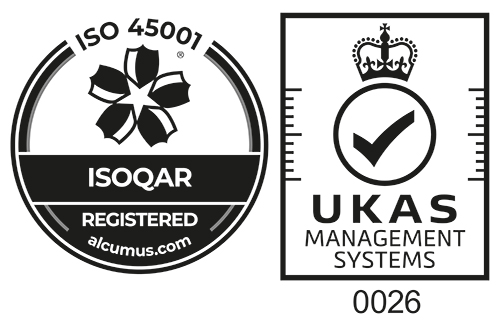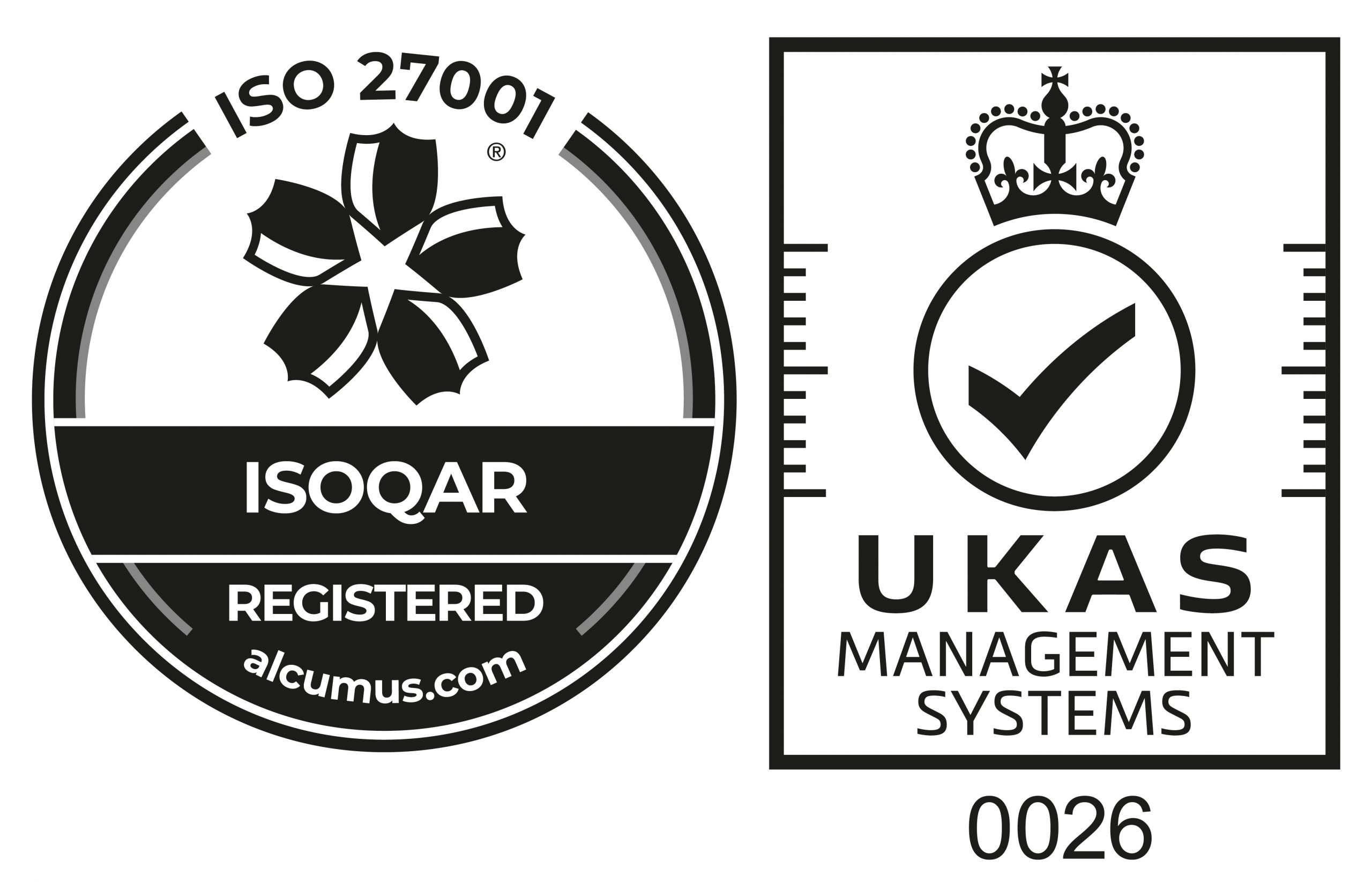Statistically speaking construction is unfortunately still one of the most dangerous industries to work for in the UK. The HSE recorded 43 construction-related deaths between 2015 and 2016. Due to the nature of site work all jobs on a construction site carry an element of risk, but some are decidedly more dangerous than others.
The figures point to these 4 professions being the most dangerous jobs on the average construction site.
Crane operators
Working at height is dangerous enough even at a low level, but at when at hundred feet in the air the risks are multiplied. The newer larger cranes usually have a lift to carry operators to the control deck, but most of the older and smaller cranes are simply fitted with a ladder which has to be climbed. Even when safely secured to the crane, there is still a risk of injury if the operator slips as they climb.
Due to their height cranes are exposed to wind and greater physical forces are placed on the structure. Cranes have and can topple in such gusts if erected poorly. Such accidents could have catastrophic implications for the operators and workforce within the impact perimeter.
Electricians
Electricity is an essential part of every build, but few realise the risks these tradespeople face on a daily basis. Electricians need to be fully trained in in their role and working safely, as high voltage wiring needs to be installed and maintained correctly. Electric shocks, falls, and incorrect use of equipment all increase the risks faced by these workers. One mistake or lapse of concentration with electricity could have fatal consequences.
Demolition workers
Collapsing buildings is about as dangerous as it comes. Operating on incomplete sites, often at height, in unsafe structures has many risks attached to it. In addition, Demolition workers come into regular contact with heavy machinery to break down buildings.
Although constantly falling masonry presents a significant short-term hazard, demolition workers are also at risk of contracting diseases too. When dismantling old building, demolition workers may be exposed to excess dust and asbestos, both of which may fatal lung diseases.
Roofing workers
The very nature of the work means roofers work at heights and therefore are often in danger of falling, with potentially fatal outcomes. Edge protection, safety rails and the use of harnesses must be installed before a job starts. Should any of these systems be poorly maintained or not present then the probability of an accident rises.
All site risks should be managed and workers tracked
These jobs present a significant risk to workers – but those risks can be managed effectively throughout the duration of a project. Checking qualifications and competencies at the start of a project should be undertaken. Project inductions must be delivered to all site workers outlining health & safety risks must also be done from the outset, but also thereafter in the form of toolbox talks and safety briefings. Occupational Health of workers should also be taken seriously and records maintained.
The Mosaic system allows you to manage all of this and more from an online health and safety platform. While we have highlighted 4 dangerous professions here, all workers should be targeting with health and safety initiatives.
To learn more about better protecting your workforce onsite – please get in touch.





